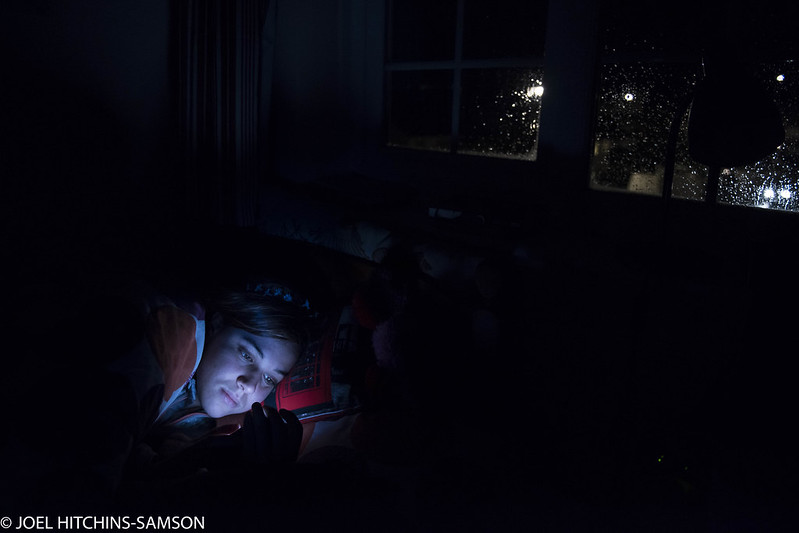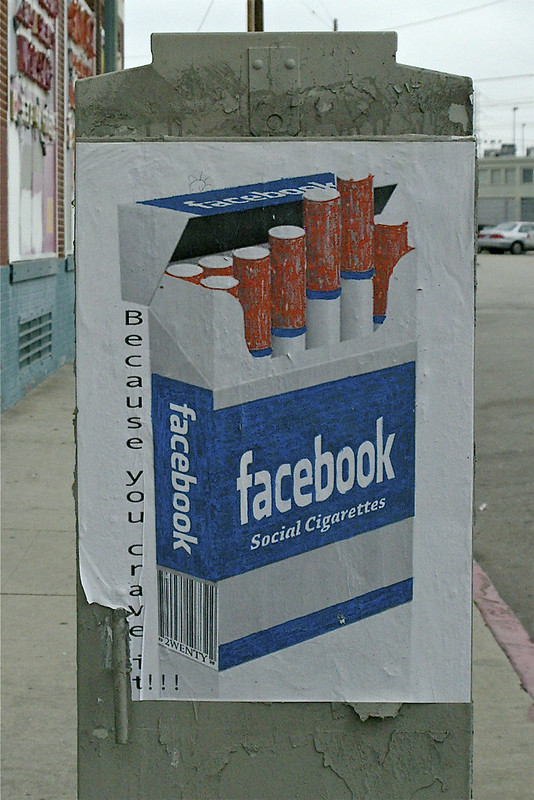Many people began using social media as a primary source of news, but some of this information was not reliable and inaccurate. One study focusing on conspiracy theories used tweets for the content of the study and even found a data set of 1.269 million tweets regarding coronavirus disease conspiracy theories and misinformation during the pandemic (Dmitry, Abraham & Nadeja 2022).
The isolation could have been what caused individuals to flock to social media for some form of communication with others and the outside world. Social media platforms were flooded with discussion about the COVID-19 virus during the pandemic (Ahmed et al. 2020 A). Certain hashtags regarding the pandemic and conspiracy theories grew very popular. Hashtags like #FilmYourHospital, (a twitter hashtag) regarding a conspiracy theory claiming that the pandemic was fake and that hospitals were “empty” (Ahmed et al. 2020 B).

COVID-19 misinformation was spreading like wildfire globally. Social media was the main spot in which COVID-19 pandemic trend of misinformation surged (Buturoiu et al. 2021). Social media platforms like twitter became sources of news for some users. Furthermore one social media platform also had significance at the time, QAnon, perpetuated and spread COVID-19 conspiracy theories and how these COVID-19 conspiracy theories made QAnon more popular and influential (Morelock & Narita 2022). The rise in popularity of this platform during the pandemic goes to show how much these theories spread online.
